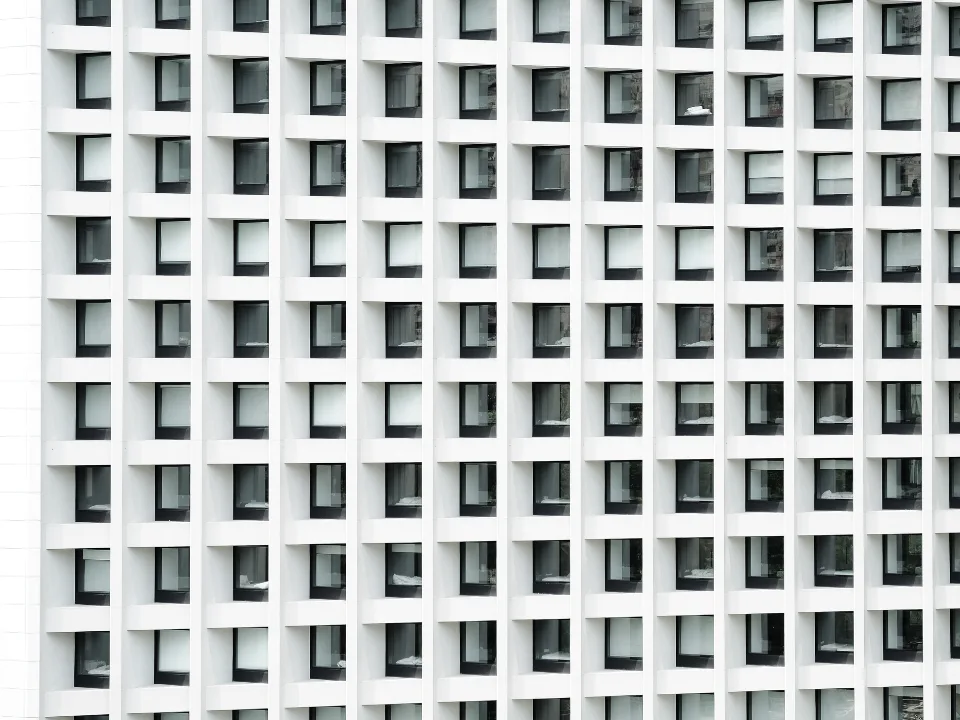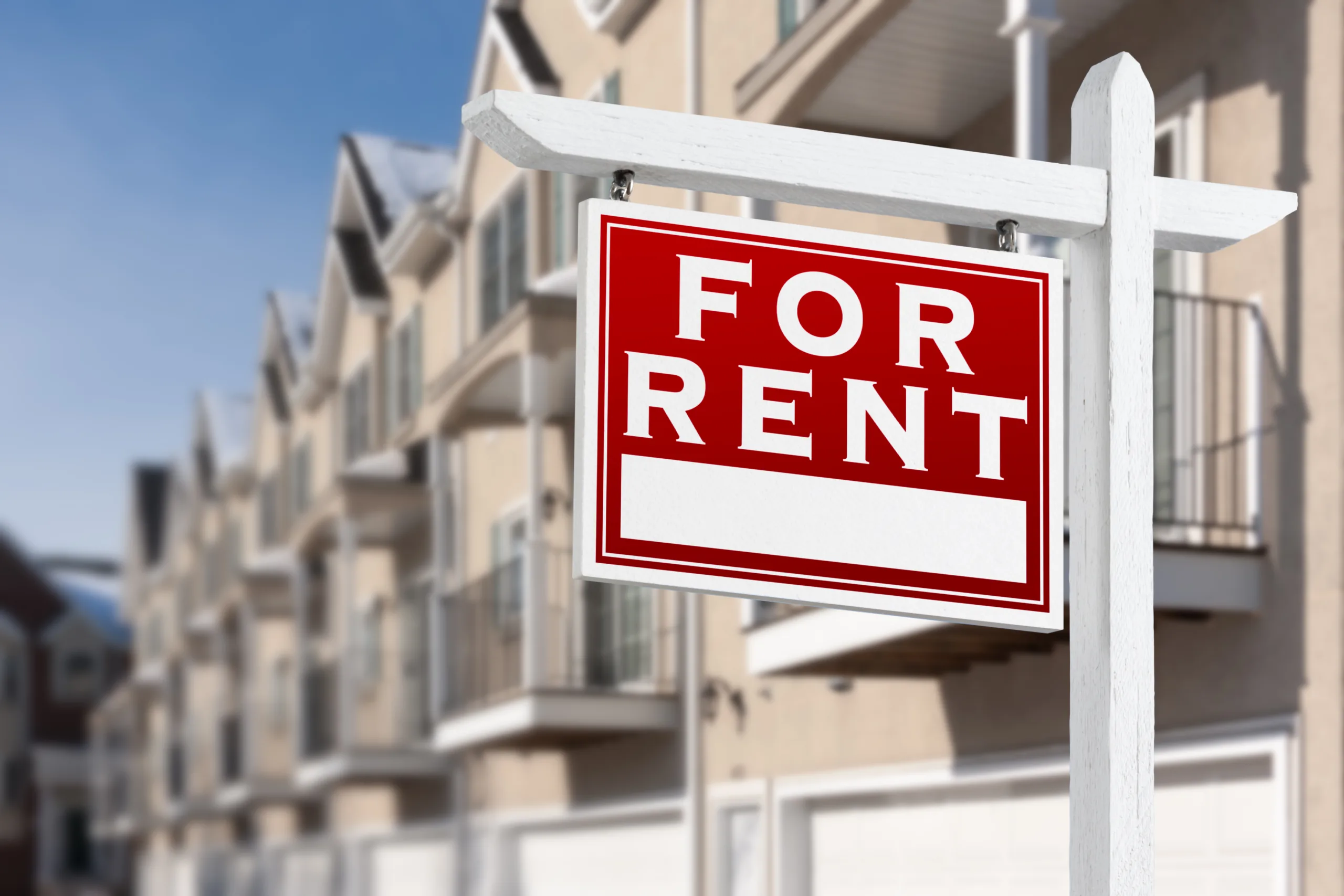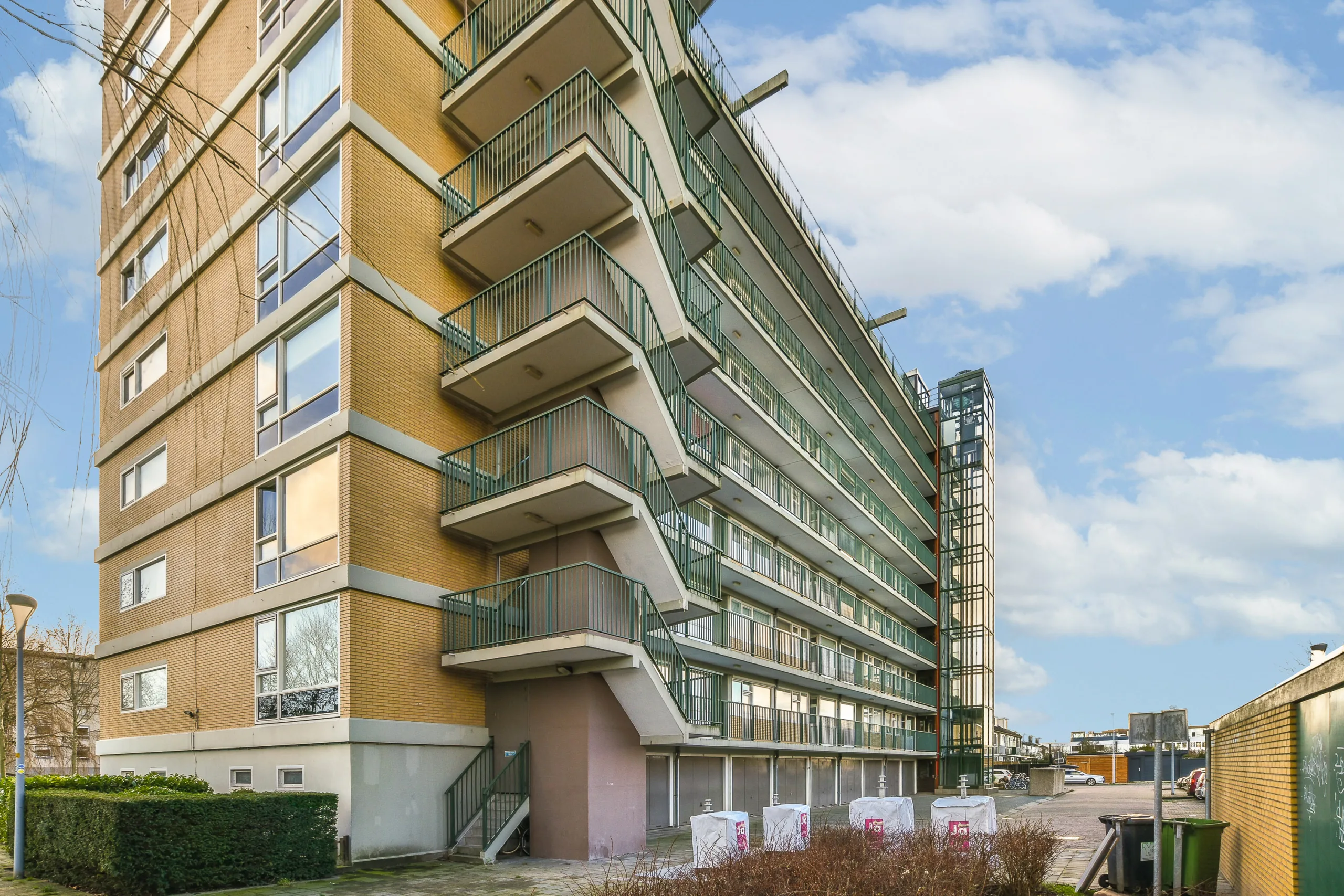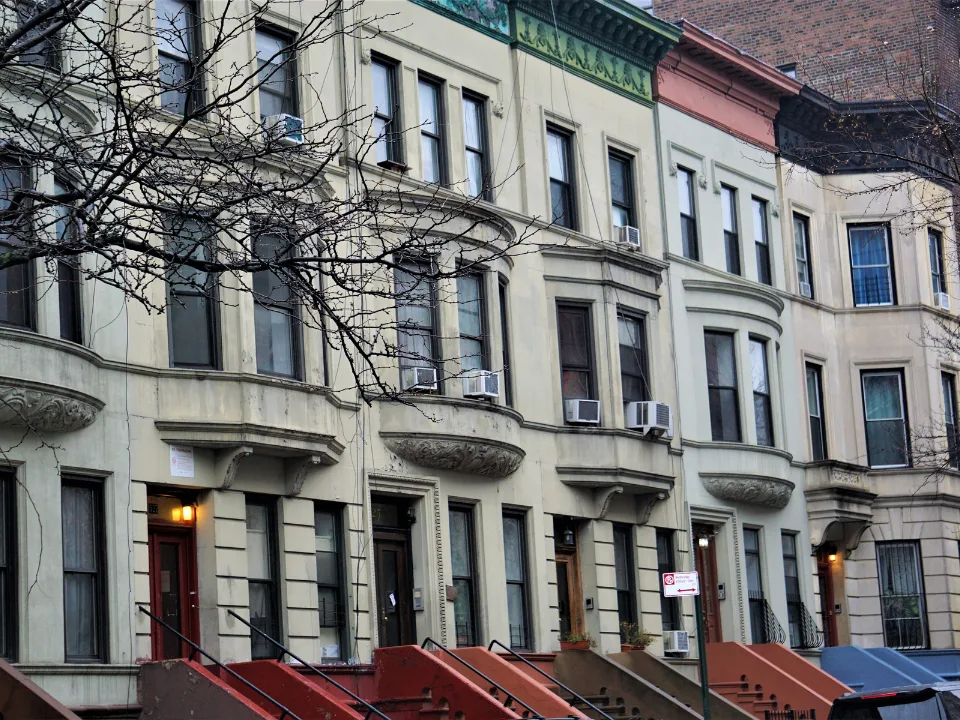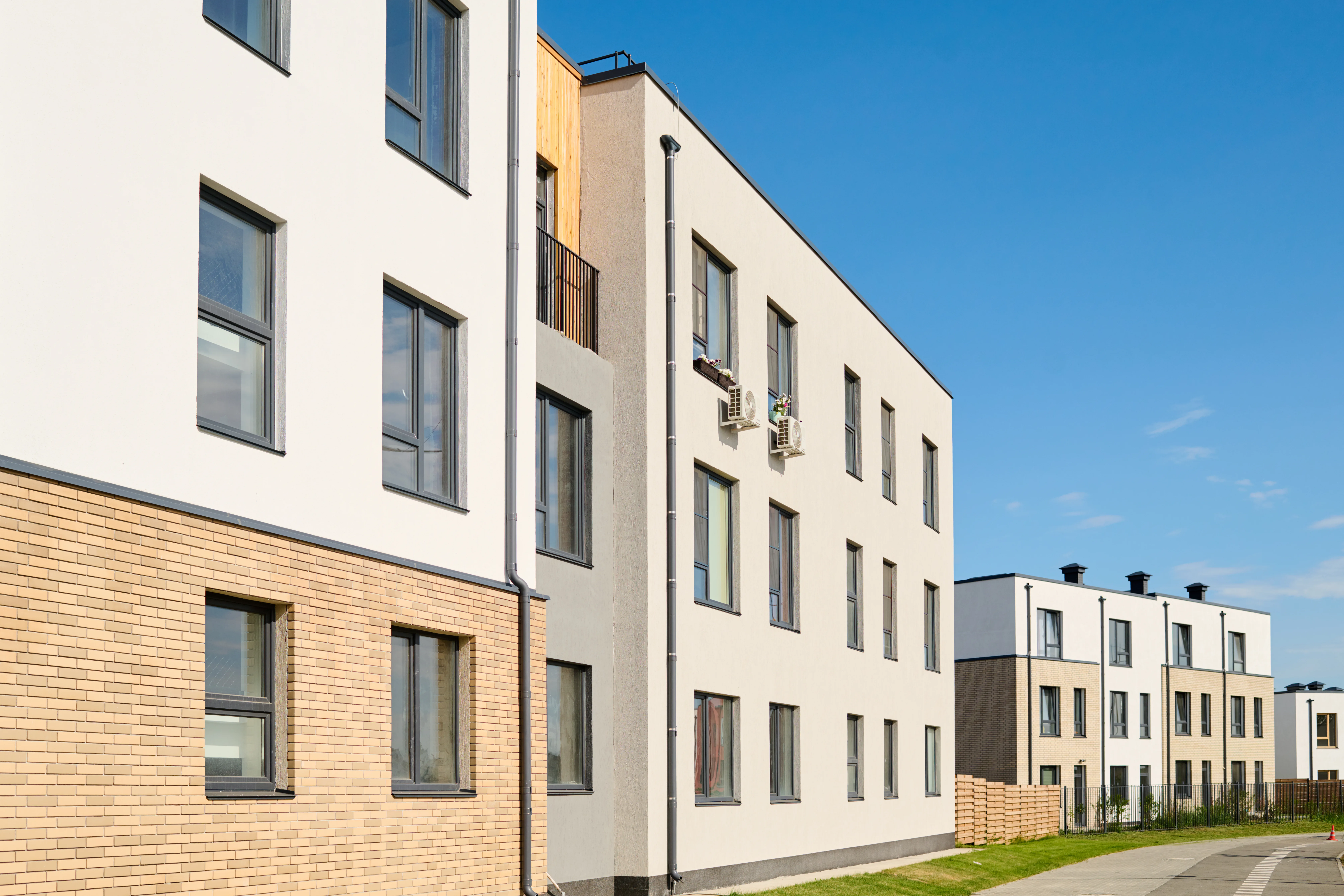- Units under 441SF now account for 2.4% of newly delivered rentals in the 2020s—more than double the share from the 2000s.
- San Francisco, Seattle, and Honolulu have the highest concentrations of micro units, with some cities seeing over 10% of their housing stock classified as micro.
- Micro units rent for significantly less than traditional apartments, offering affordability in cities like Chicago, New York, and Minneapolis.
- Limited in-unit space is fueling demand for off-site storage solutions, adding a CRE opportunity in the self-storage market.
Micro Living Goes Mainstream
According to Globe St, micro housing is no longer just a niche. It’s becoming a significant part of the rental market in expensive, crowded US cities. According to StorageCafe, compact units are in higher demand than ever. They’re especially appealing to young renters, downsizers, and professionals who want to live in desirable neighborhoods without overspending.
What Counts as “Micro”?
By definition, micro units are under 441SF. They’re also smaller than half the size of an average apartment in their state. In Honolulu, for example, they max out at just 348SF.
In Berkeley, CA, a Panoramic Interests project is building units as small as 175SF. Each unit includes a bed, bathroom, desk, and a kitchenette. That’s less than the average Holiday Inn room, which typically runs 300 to 350SF.
Get Smarter about what matters in CRE
Stay ahead of trends in commercial real estate with CRE Daily – the free newsletter delivering everything you need to start your day in just 5-minutes
Urban Living With Less—But Closer to More
Importantly, these apartments are often in walkable neighborhoods with strong transit and entertainment options. As StorageCafe puts it, “tiny apartments are increasingly seen as a way to live with less – but closer to more.”
In the West, cities are leading the charge. In San Francisco, nearly 15% of homes are considered micro units. Some offer just 124SF. Furthermore, nearly 29% of the city’s planned rental supply is in this format.
Seattle is following a similar path. Around 12% of its inventory qualifies as micro. And about two-thirds of units under construction fall into this category. Thanks to recent zoning changes, micro projects are now allowed in all multifamily areas. This is intended to boost both housing diversity and overall supply.
East Coast Uptake and Southern Lag
The Midwest is also jumping in. In Minneapolis, 10.4% of rental units are micro-sized. Some of these are no more than 100SF. In Chicago, average rent for a micro unit is $1,263—almost half the $2,420 average for a conventional apartment.
Other Midwestern cities, including Cleveland, Madison, and St. Paul, also have growing shares of micro housing. These cities tend to have young populations and attract renters looking for low-cost options.
Meanwhile, on the East Coast, cities like New York, Newark, and Philadelphia are seeing rising micro demand. Here, rent savings also stand out. Micro units in these areas are quickly becoming a new urban staple.
In contrast, Southern cities are slower to adopt the trend. Miami is the main exception.
Nationwide, 10 cities are expected to see the fastest micro housing growth: Seattle (66%), Boston (56.2%), Newark (49.8%), New York (43.3%), and Reno (40.5%) lead the list. Others include San Francisco, Norfolk, San Diego, Minneapolis, and Portland.
CRE Impact: Storage Gets a Boost
With limited in-unit space, many renters are turning to storage facilities. This could provide a boost to the self-storage sector. As more people move into micro units, they’ll still need space for seasonal and personal items.
What’s Next
Looking ahead, the micro housing trend is likely to grow. As affordability remains out of reach in many cities, renters are choosing smaller spaces in better locations. As a result, cities may soon rezone more land to support this housing type.




